The world of reptile keeping offers fascinating opportunities for animal lovers seeking something beyond the traditional furry pet. Among the most popular reptilian companions, ball pythons and corn snakes stand out as ideal choices for both beginners and experienced enthusiasts. These remarkable creatures bring their own unique charm, care requirements, and personalities to your home. Whether you’re drawn to the compact, docile nature of ball pythons or the slender, active presence of corn snakes, understanding the key differences between these species will help you make an informed decision that leads to a rewarding relationship with your new scaly friend. Let’s explore these two captivating reptiles and discover which might be the perfect addition to your family.
Understanding Ball Pythons: Nature’s Gentle Giants
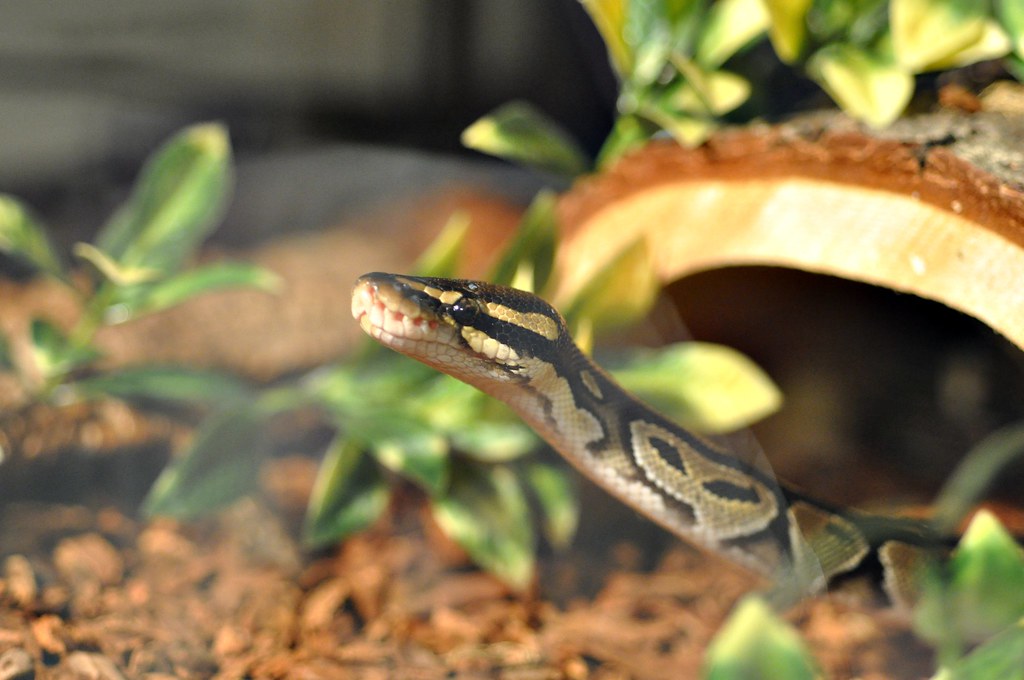
Ball pythons (Python regius), native to West and Central Africa, have earned their place as one of the most popular pet snakes worldwide. Their common name derives from their defensive behavior of curling into a tight ball when threatened, tucking their head safely in the center. These snakes typically reach lengths of 3-5 feet, making them relatively compact compared to many other python species. Ball pythons are renowned for their docile temperament, often described as shy, gentle, and slow-moving, which makes them particularly suitable for handling. With proper care, these remarkable reptiles can live 20-30 years in captivity, representing a significant long-term commitment for potential owners.
Corn Snakes: The Colorful Colubrids
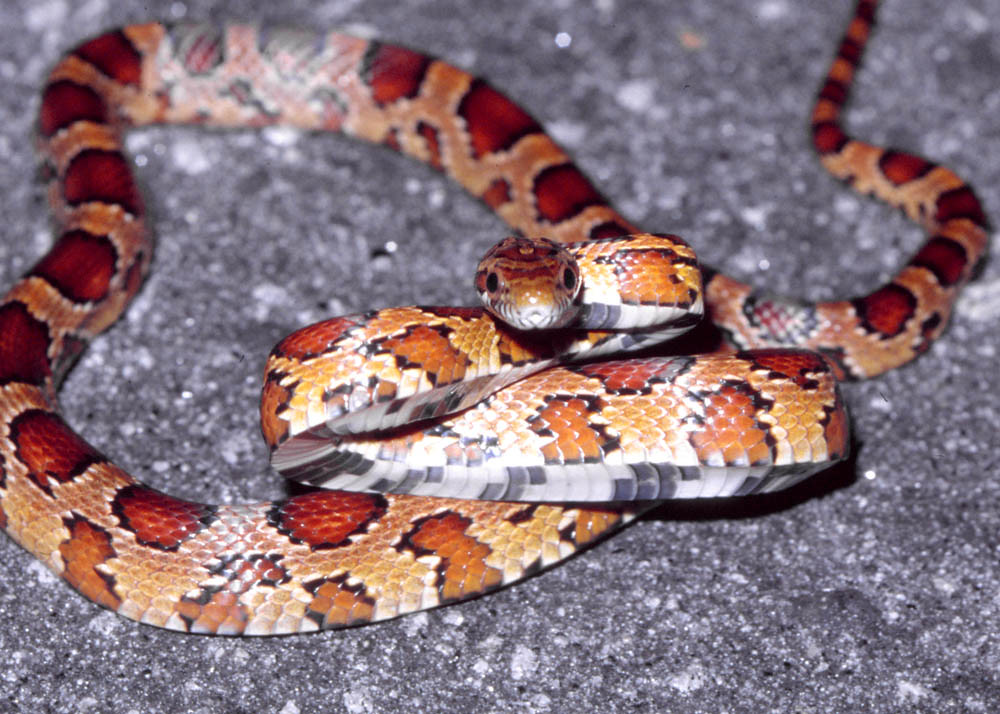
Corn snakes (Pantherophis guttatus) are North American natives that have captivated reptile enthusiasts with their stunning variety of colors and patterns. These colubrids typically grow to 3-5 feet in length and possess a slender, athletic build that allows them impressive climbing abilities. Originally named for their tendency to be found near corn storage areas where they hunted rodents, corn snakes have become beloved pets due to their manageable size and generally calm disposition. Their inquisitive nature makes them more active than ball pythons, and they’ll often explore their surroundings with obvious curiosity. With proper care, corn snakes regularly live 15-20 years in captivity, making them a substantial but slightly shorter commitment than ball pythons.
Housing Requirements: Size and Setup
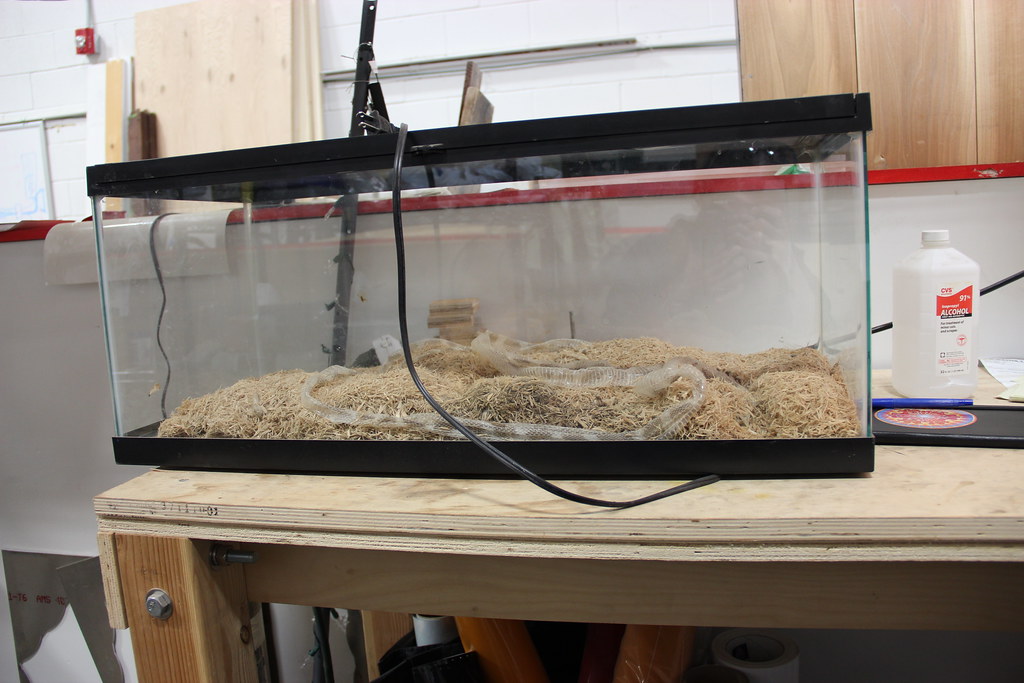
Ball pythons require enclosures that prioritize security over space, with adult specimens typically needing a minimum 40-gallon tank or similarly sized enclosure. These snakes prefer tight spaces that make them feel secure, with multiple hiding spots being essential for their well-being. Corn snakes, conversely, benefit from more vertical space for climbing, with adult specimens requiring similar floor space but appreciating taller enclosures with branches and climbing opportunities. For both species, secure lids are non-negotiable, as snakes are notorious escape artists who can squeeze through surprisingly small openings. Proper enclosure setup represents one of the most significant initial investments when acquiring either species, with complete setups often costing $200-500 depending on quality and aesthetics.
Temperature and Humidity Needs
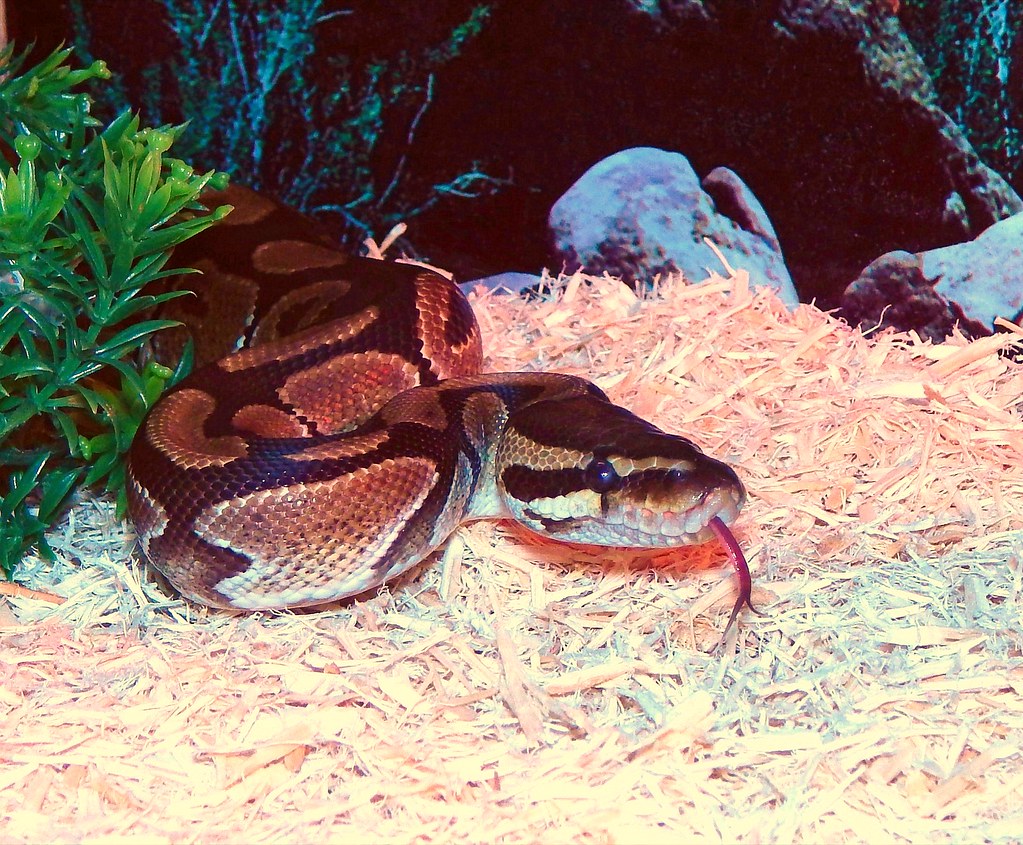
Ball pythons require precise environmental conditions that reflect their African origins, with a warm side of 88-92°F, a cooler side around 78-80°F, and ambient humidity between 50-60%. During shedding periods, ball pythons benefit from increased humidity of 60-70% to facilitate proper skin removal. Corn snakes, native to the varied climates of the southeastern United States, have slightly less demanding requirements, thriving with a warm side of 85-88°F and a cool side of 75-80°F, with humidity maintained at 40-50%. Both species require temperature gradients within their enclosures, allowing them to thermoregulate by moving between warmer and cooler areas. Maintaining these conditions typically requires the use of thermostats, quality heating elements, and regular monitoring with reliable thermometers and hygrometers.
Feeding Behaviors and Preferences
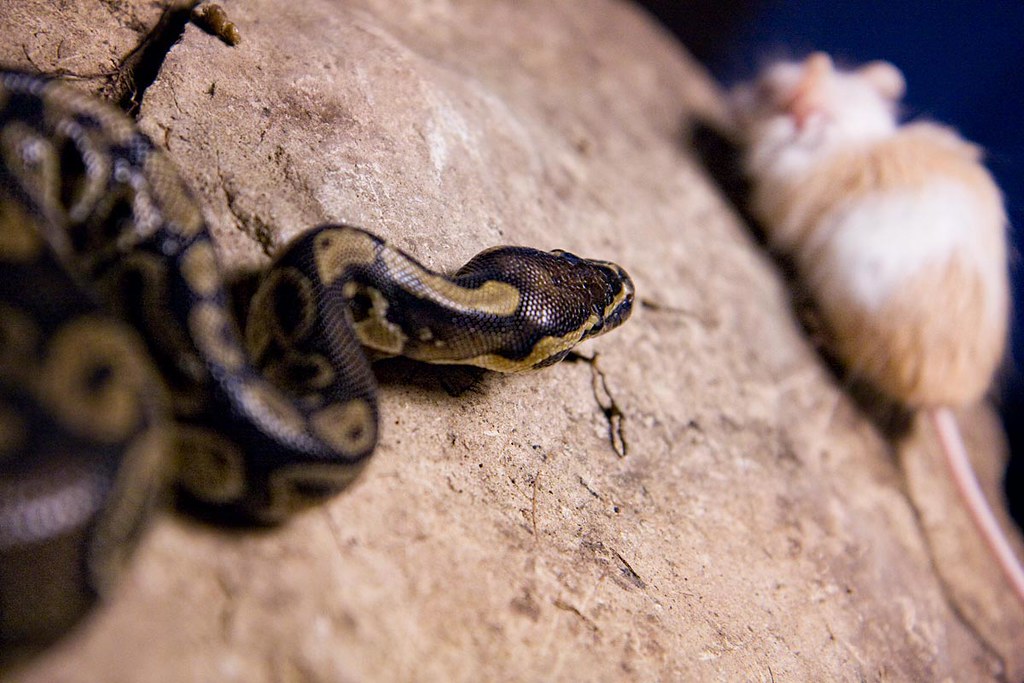
Ball pythons can be notoriously finicky eaters, occasionally refusing food for extended periods, particularly during seasonal changes or breeding seasons. They typically consume appropriately-sized rats, with adults eating medium-sized rats every 1-2 weeks. Corn snakes generally display more consistent feeding responses and primarily eat mice throughout their lives, with adults typically consuming 1-2 adult mice every 7-10 days. Both species are constrictors that should be fed pre-killed prey for safety reasons, as live prey can injure your snake. For beginners, corn snakes’ reliable feeding response may present fewer anxiety-inducing moments than the sometimes temperamental eating habits of ball pythons, which can occasionally fast for months without health concerns.
Handling and Temperament Differences
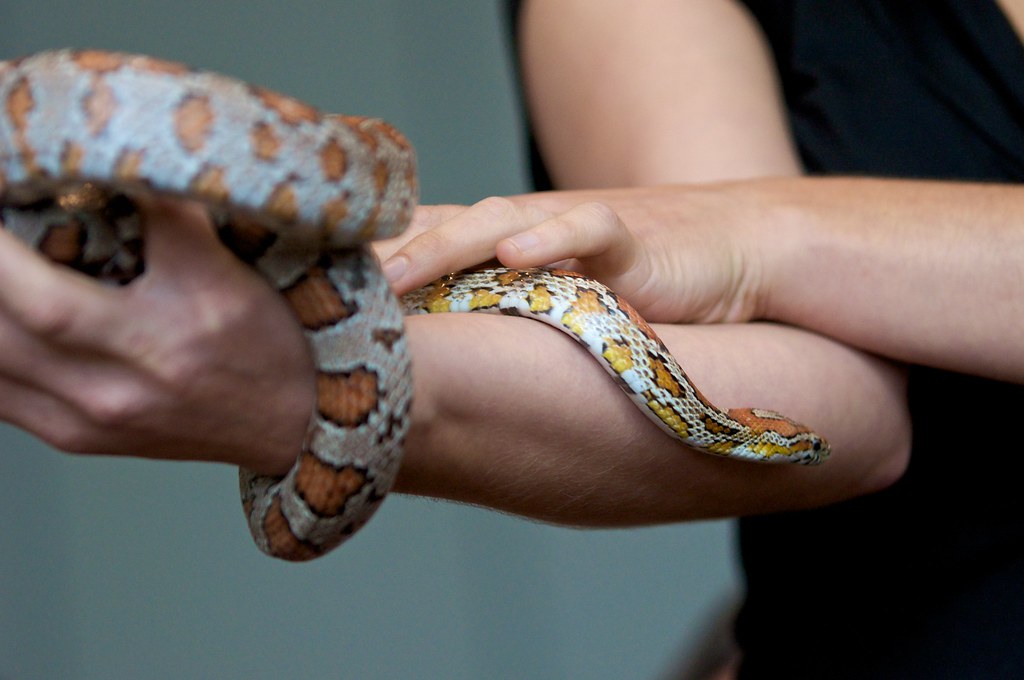
Ball pythons typically exhibit a calm, docile nature that makes them excellent handling subjects, often remaining relatively still and sometimes wrapping gently around arms or hands for security. Their defensive posture of balling up rather than striking makes them particularly suitable for nervous handlers or families with children. Corn snakes are generally more active during handling sessions, continuously exploring and moving, which some keepers find more engaging while others might prefer the calmer ball python. Both species benefit from consistent, gentle handling starting with short sessions of 5-10 minutes and gradually increasing as the snake becomes comfortable. Neither species typically enjoys being handled immediately after eating, during shedding, or during breeding seasons.
Health Considerations and Common Issues
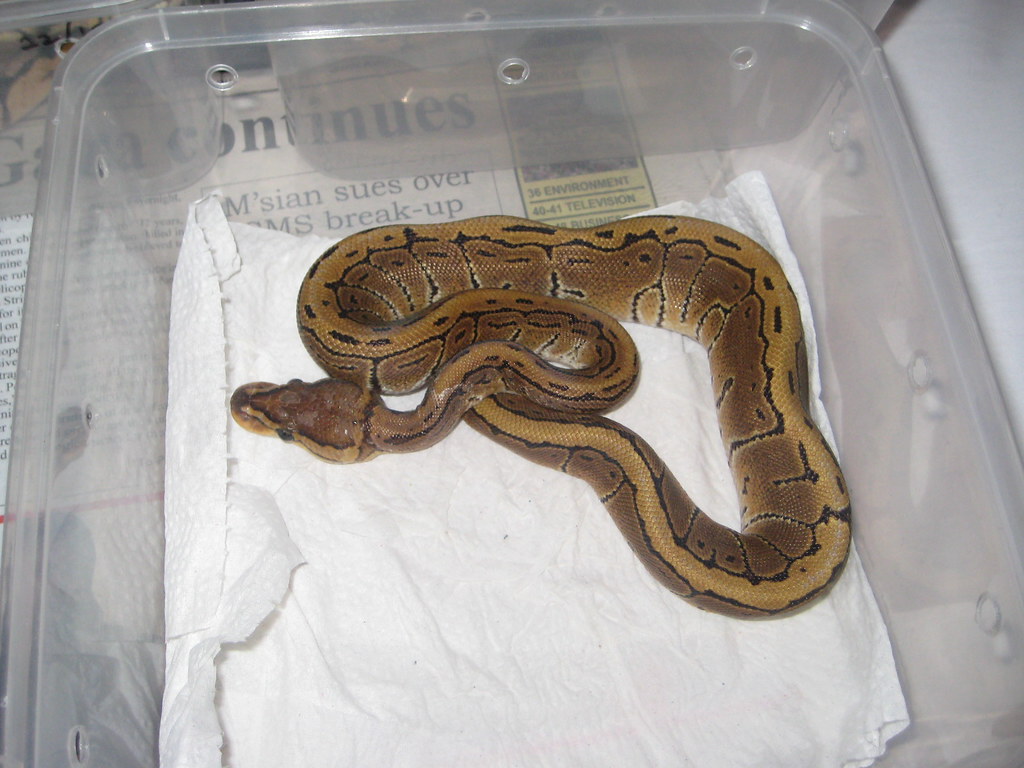
Ball pythons are susceptible to respiratory infections if kept in excessively humid environments without adequate ventilation, with symptoms including wheezing, bubbling around the mouth, and abnormal posturing while breathing. They also commonly experience feeding strikes that, while not necessarily indicating illness, can concern new owners. Corn snakes tend to be remarkably hardy but may develop scale rot if kept on consistently damp substrate. Both species can suffer from mites, retained eye caps during shedding, and mouth rot if kept in suboptimal conditions. Regular health checks by a reptile-experienced veterinarian are recommended for both species, with particular attention to proper shedding, regular eating patterns, and normal activity levels.
Morph Varieties and Visual Appeal
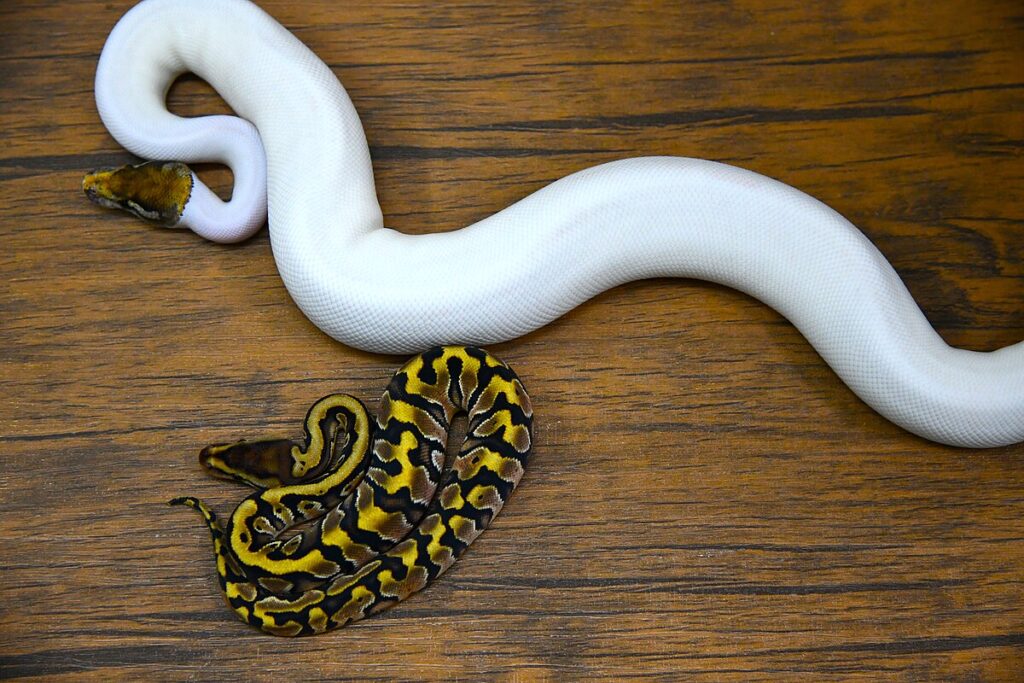
Ball pythons have undergone extensive selective breeding, resulting in over 4,000 documented morphs with variations in patterns, colors, and even scale textures. Popular morphs include the albino, piebald, banana, and spider varieties, with some rare combinations commanding prices well into the thousands of dollars. Corn snakes also display impressive variety with morphs like amelanistic (albino), anery (lacking red pigment), and tessera (bold patterns), offering striking visual appeal at generally lower price points than comparable ball python morphs. For both species, “normal” or wild-type specimens represent the most affordable options, typically available for $30-80 for corn snakes and $50-150 for ball pythons. The extensive variety in both species allows keepers to select specimens that match their aesthetic preferences.
Initial and Ongoing Costs Comparison

Ball pythons typically represent a higher initial investment, with specimens ranging from $50 for normal juveniles to several thousand dollars for rare morphs. Their setup costs are similar to corn snakes, but their specific humidity requirements might necessitate slightly more expensive equipment. Corn snakes generally start at $30-80 for normal morphs, with high-end specimens rarely exceeding $500. Ongoing costs for both include electricity for heating elements, substrate replacements, and food, with ball pythons potentially having slightly higher feeding costs as they graduate to rats rather than mice. Veterinary care represents another significant expense, with initial exams costing $50-100 and treatments for any health issues potentially running much higher, underscoring the importance of maintaining proper husbandry to prevent illness.
Beginner-Friendliness Assessment
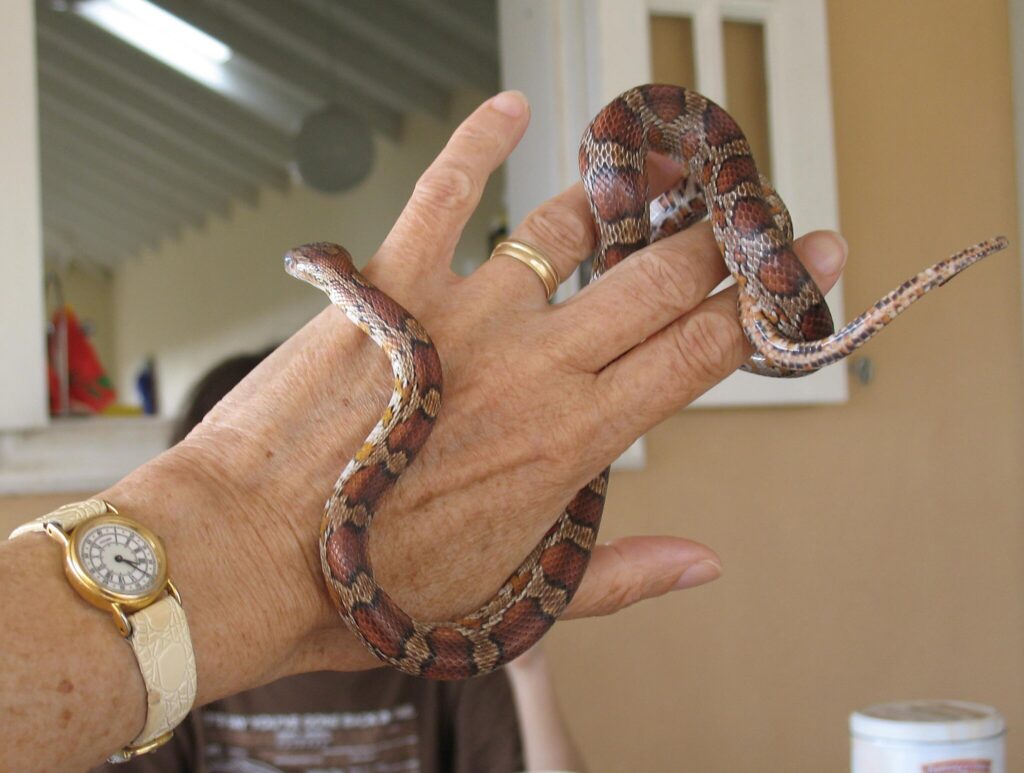
Corn snakes frequently earn the title of “perfect beginner snake” due to their hardiness, reliable feeding response, and relatively straightforward care requirements. Their forgiving nature means they can often tolerate minor husbandry mistakes that might cause health issues in more sensitive species. Ball pythons, while still considered beginner-appropriate, present more specific care requirements and potential feeding challenges that might frustrate first-time keepers. However, their exceptionally docile nature makes them ideal for handlers who prioritize a calm, manageable reptile. For absolute beginners, especially those unsure about their long-term commitment to reptile keeping, corn snakes may present fewer initial challenges while still offering a rewarding experience.
Space Considerations for Potential Owners
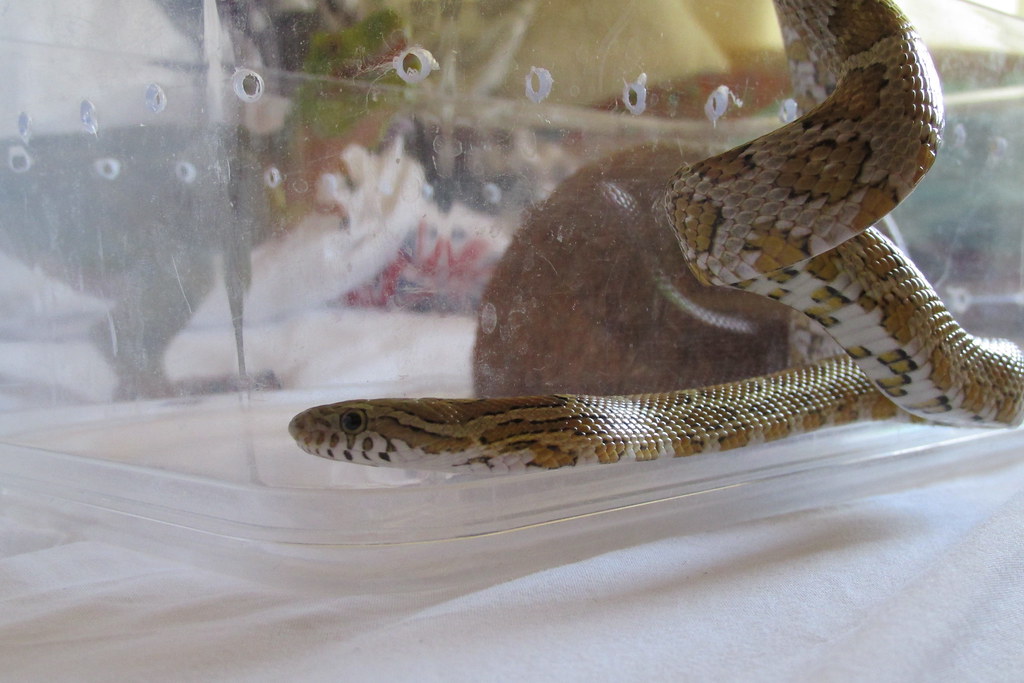
Ball pythons require enclosures that emphasize security over expansive space, typically needing a footprint equivalent to a 40-gallon breeder tank (36″×18″) for adults. Their preference for tight, secure spaces means that elaborate, room-dominating vivariums aren’t necessary for their wellbeing. Corn snakes benefit from taller enclosures that accommodate their climbing behavior, with a similar footprint but ideally greater height. Both species can be comfortably housed in apartments or smaller living spaces, making them suitable for urban dwellers with limited room. The enclosures for either species can be attractively integrated into home décor, with many keepers opting for furniture-quality vivariums that double as display pieces for living areas.
Long-term Commitment Considerations
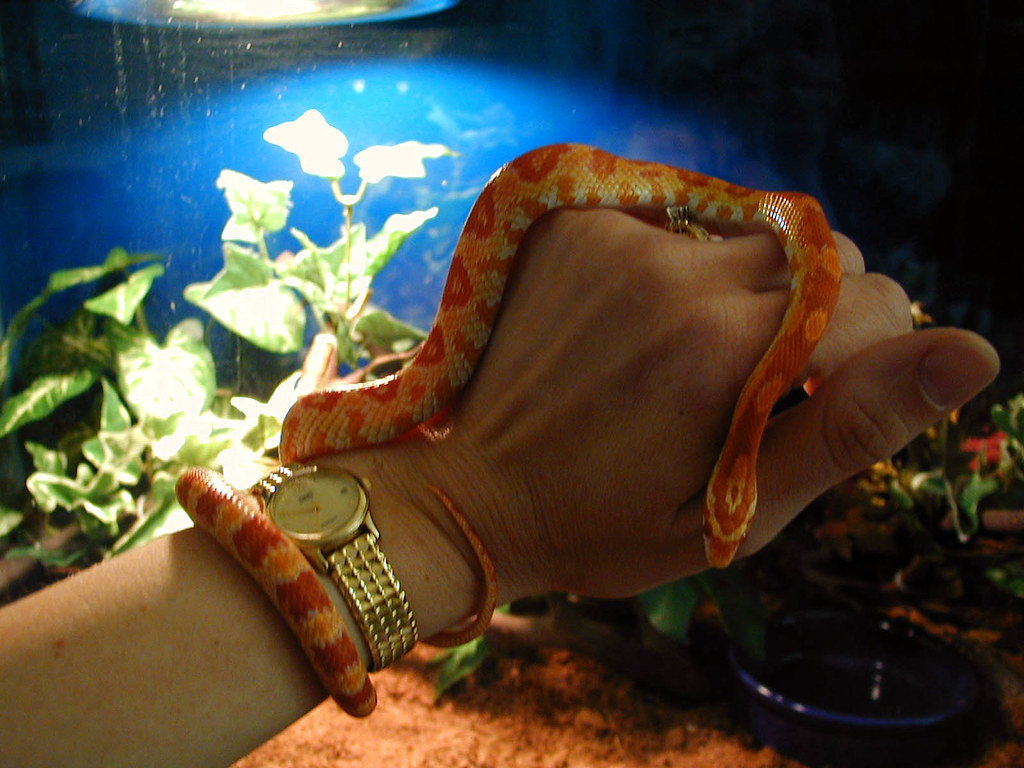
Prospective snake owners must carefully consider the substantial time commitment involved, as ball pythons regularly live 20-30 years and corn snakes 15-20 years with proper care. This lifespan exceeds many traditional pets and means the snake may accompany you through multiple life stages and living situations. Both species require consistent care throughout their lives, including maintaining proper environmental conditions, regular feeding, health monitoring, and enclosure maintenance. Potential owners should realistically assess their ability to provide this care over decades, including during life changes such as moving, career adjustments, or family expansion. Responsible ownership includes having contingency plans for your snake’s care during vacations, emergencies, or other situations where you temporarily cannot provide direct care.
Making Your Final Decision
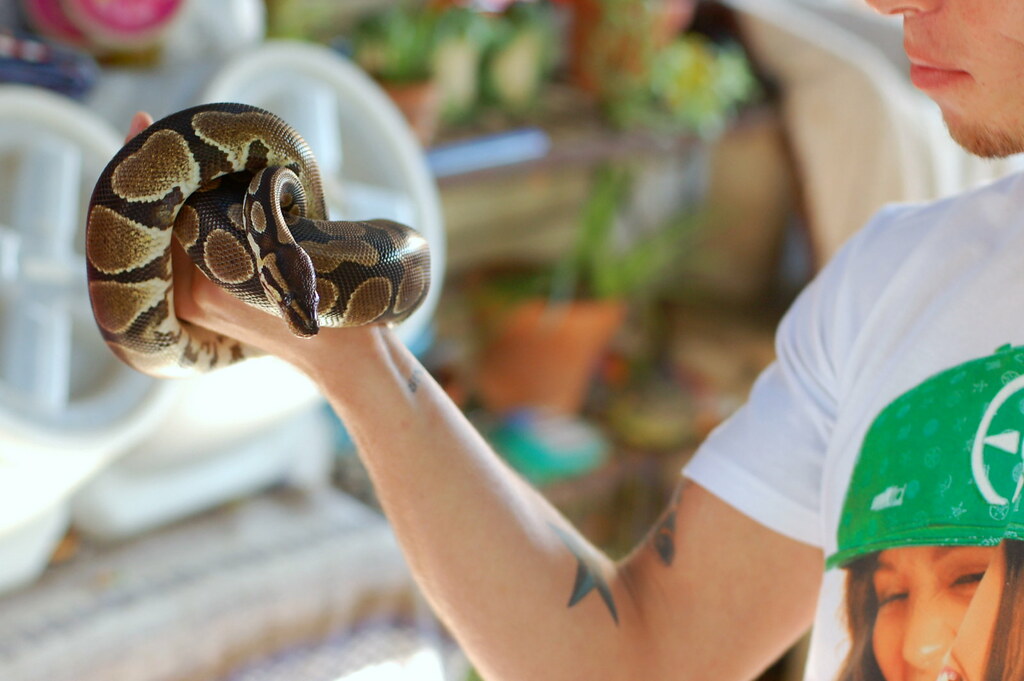
When choosing between these two magnificent reptiles, consider your specific priorities as a keeper. If you value a calm, slower-moving snake that stays relatively compact and doesn’t mind being handled for extended periods, the ball python might be your ideal match. If you prefer a more active, exploratory companion with straightforward care requirements and reliable feeding behavior, the corn snake could be the perfect choice. Consider your living situation, budget, experience level, and aesthetic preferences when making this decision. Many experienced keepers ultimately choose to keep both species as they offer complementary experiences in reptile keeping. Remember that regardless of which species you select, providing proper husbandry, consistent care, and regular health monitoring will result in a rewarding relationship with your scaly companion.
The decision between a ball python and corn snake ultimately comes down to your personal preferences, experience level, and specific circumstances. Both snakes make wonderful pets when provided with proper care and respect for their natural behaviors. Whether you’re drawn to the gentle, docile nature of the ball python or the active curiosity of the corn snake, committing to appropriate husbandry practices will result in a fascinating companion that may be with you for decades. Take time to research thoroughly, connect with experienced keepers, and if possible, interact with both species before making your choice. Whichever you select, welcome to the rewarding world of reptile keeping – you’re embarking on a journey that will bring unique joys and learning experiences for years to come.

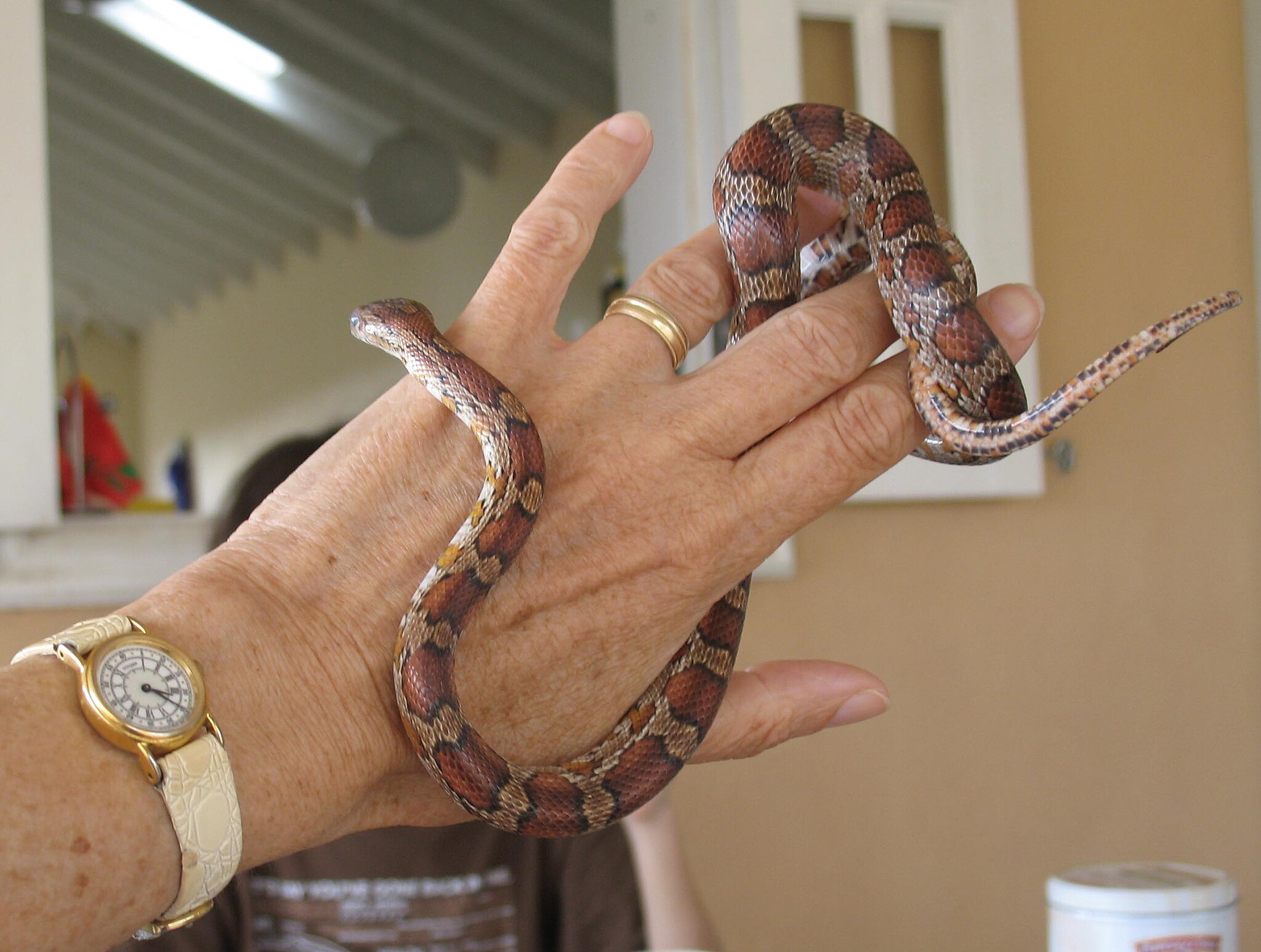
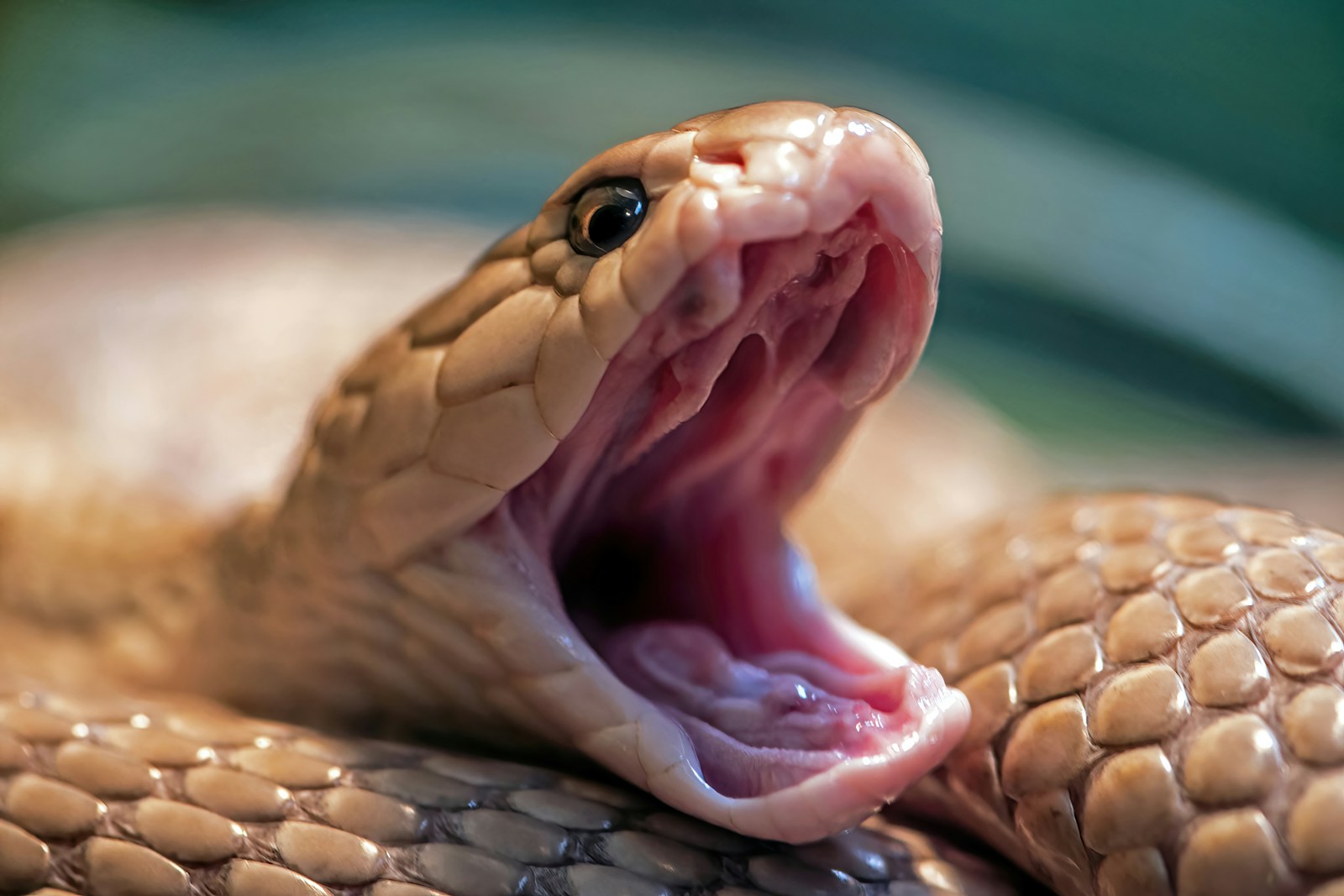

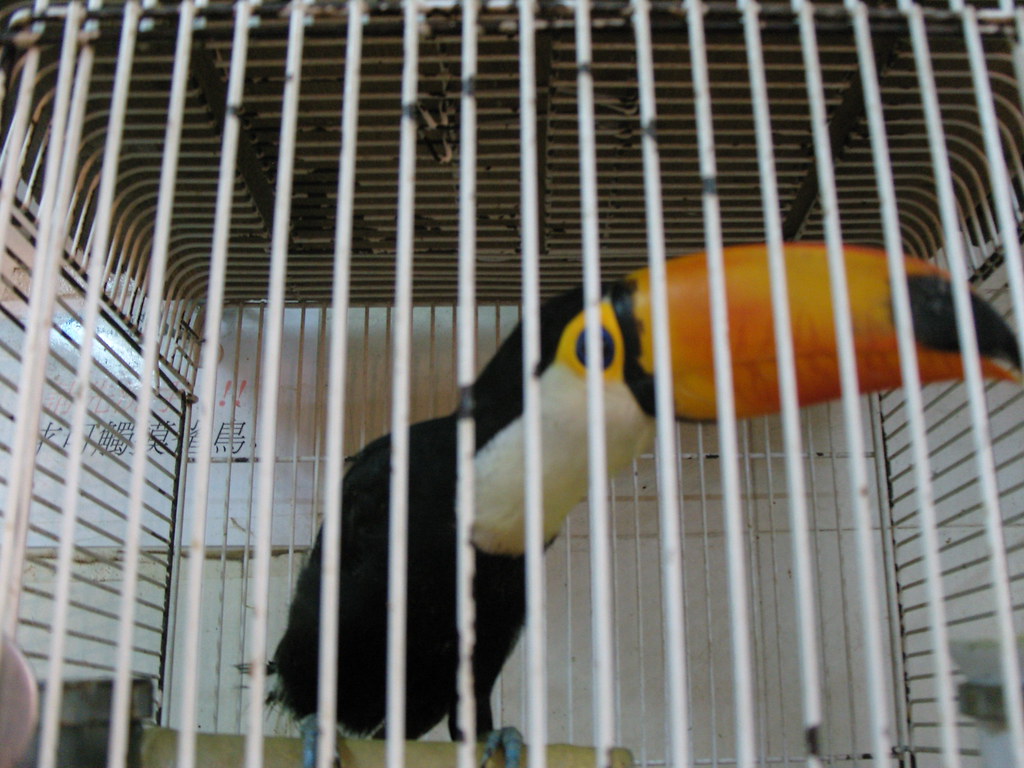
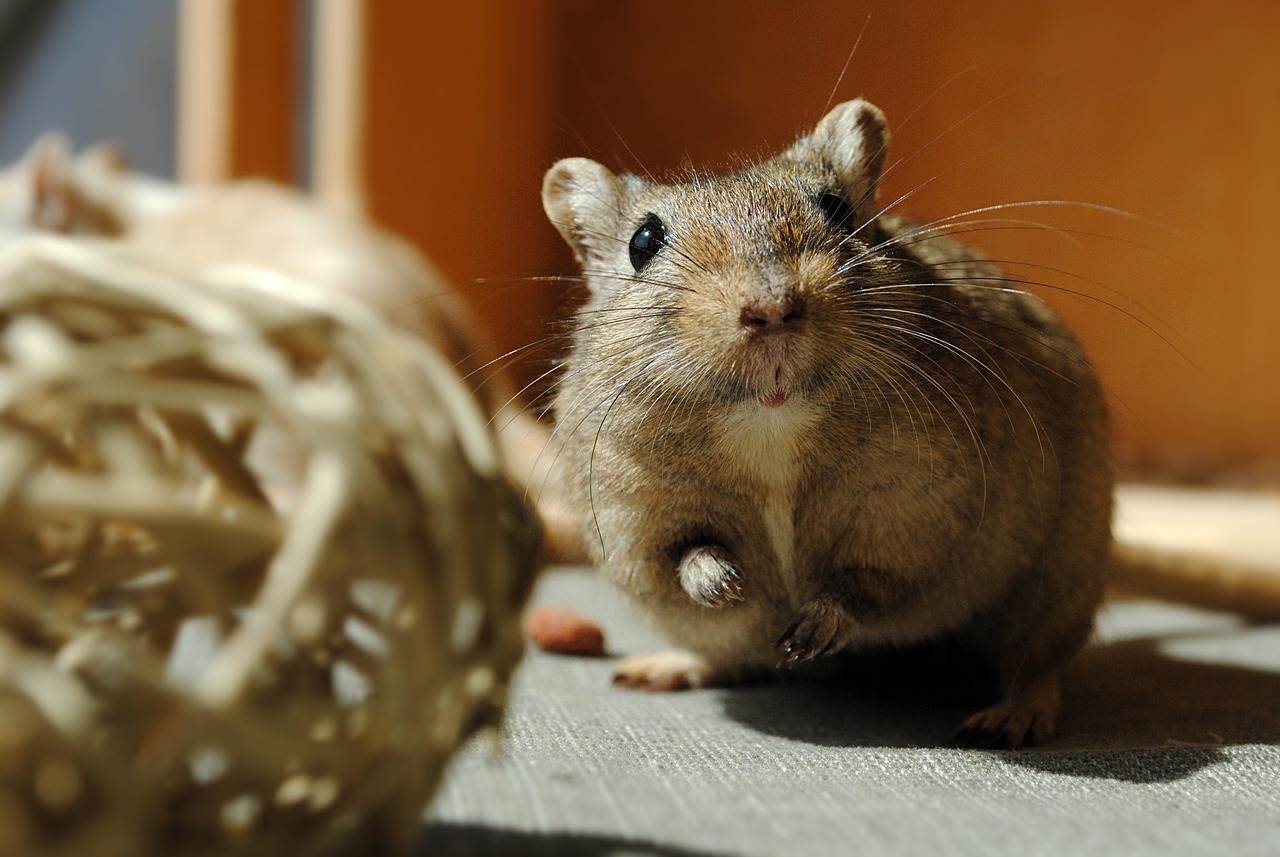
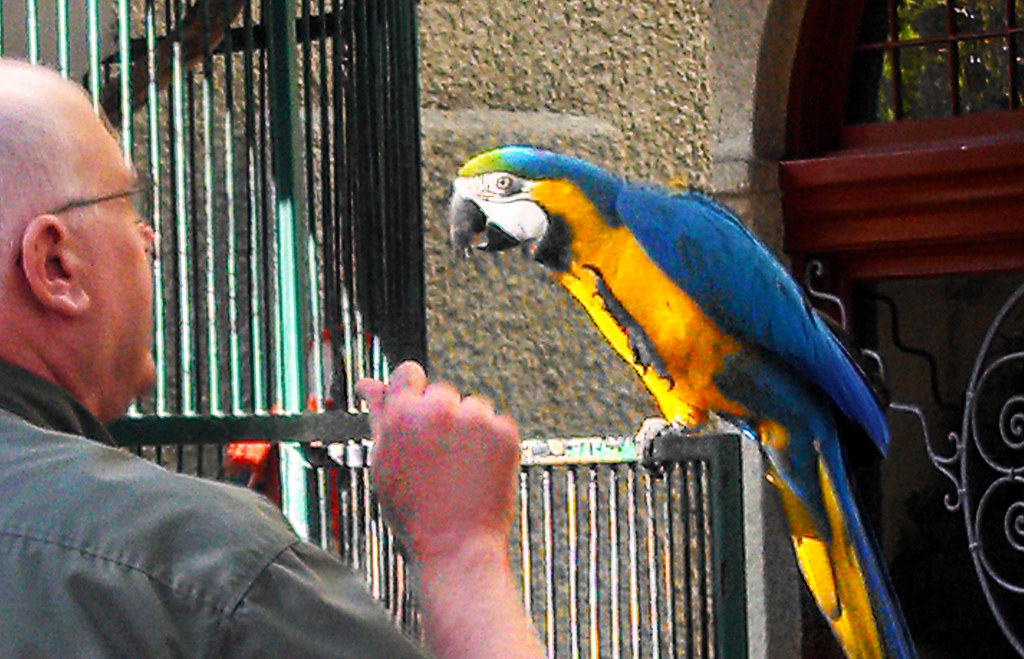
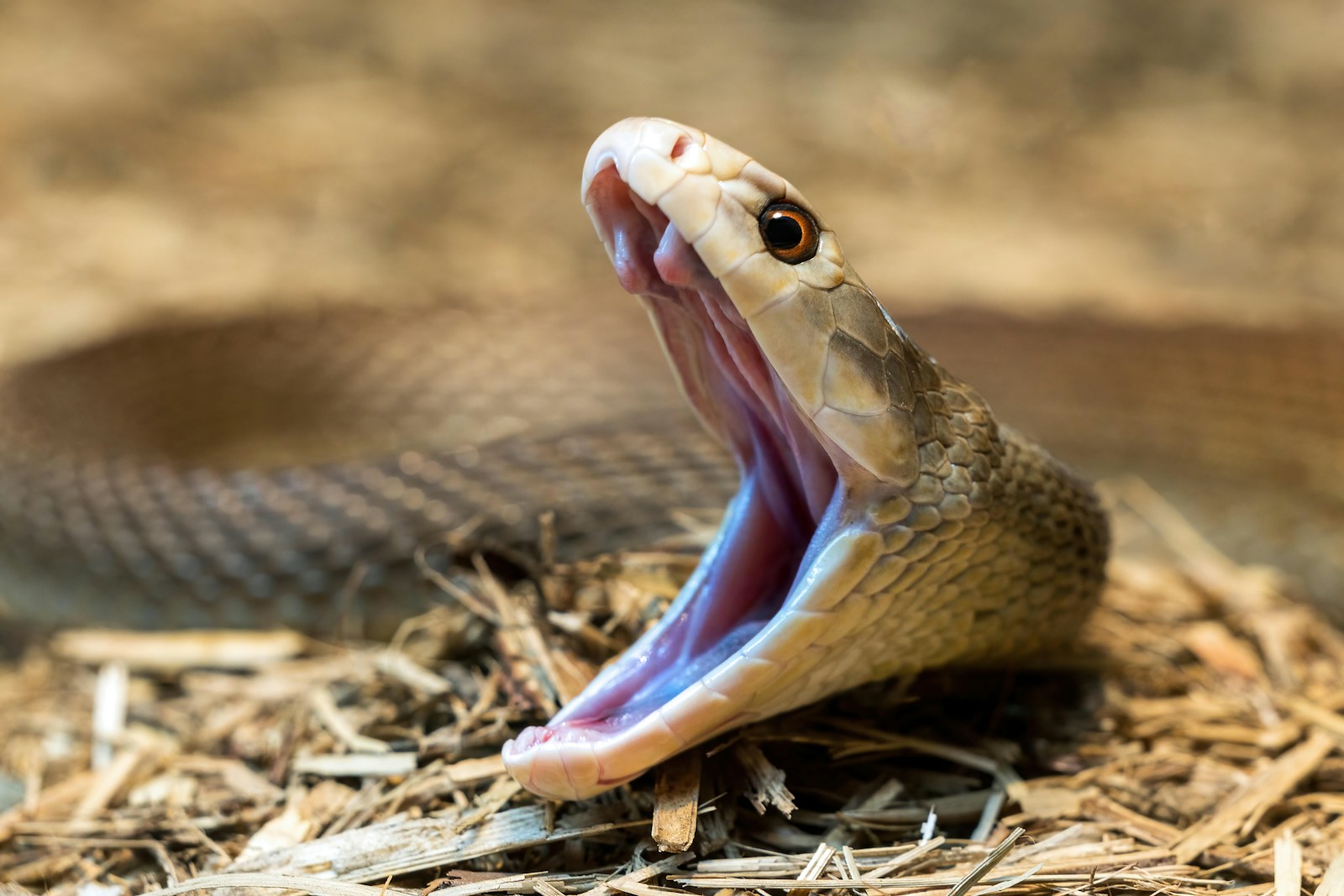
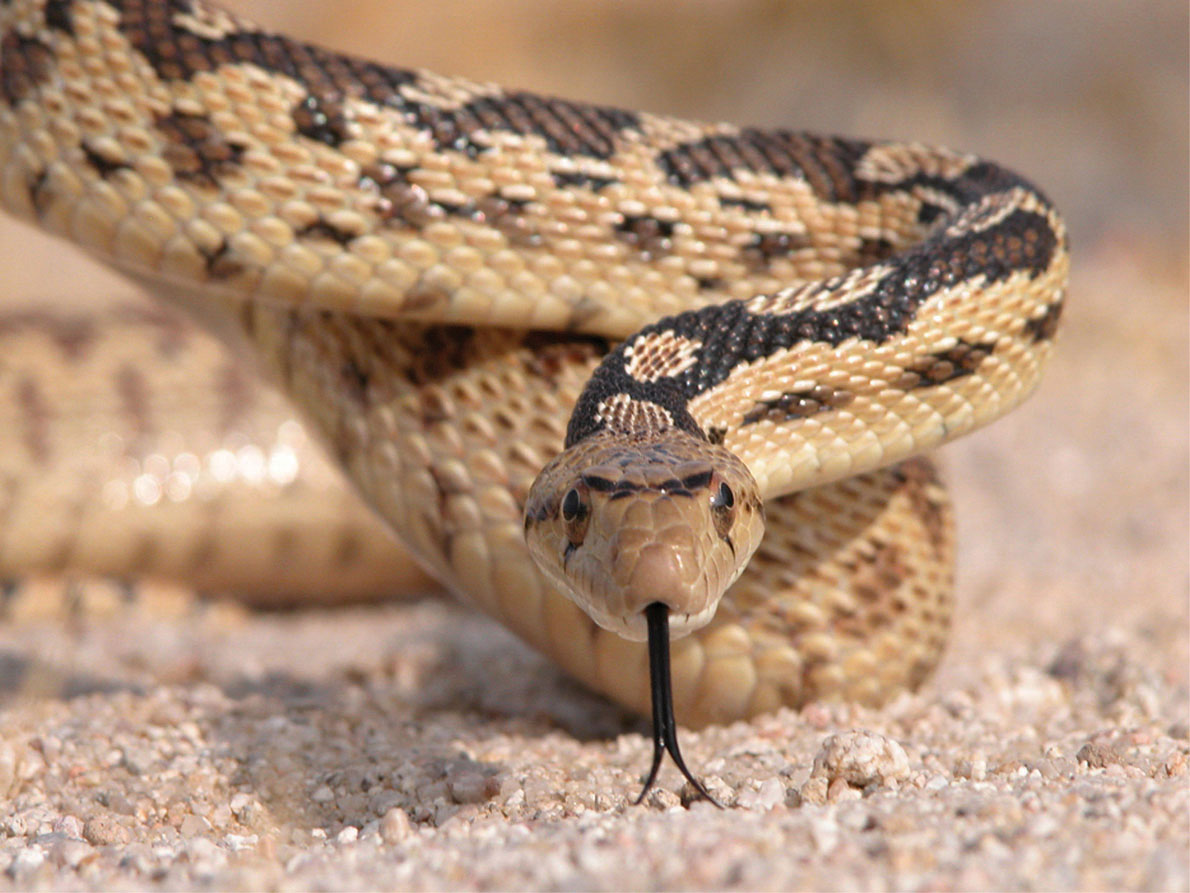
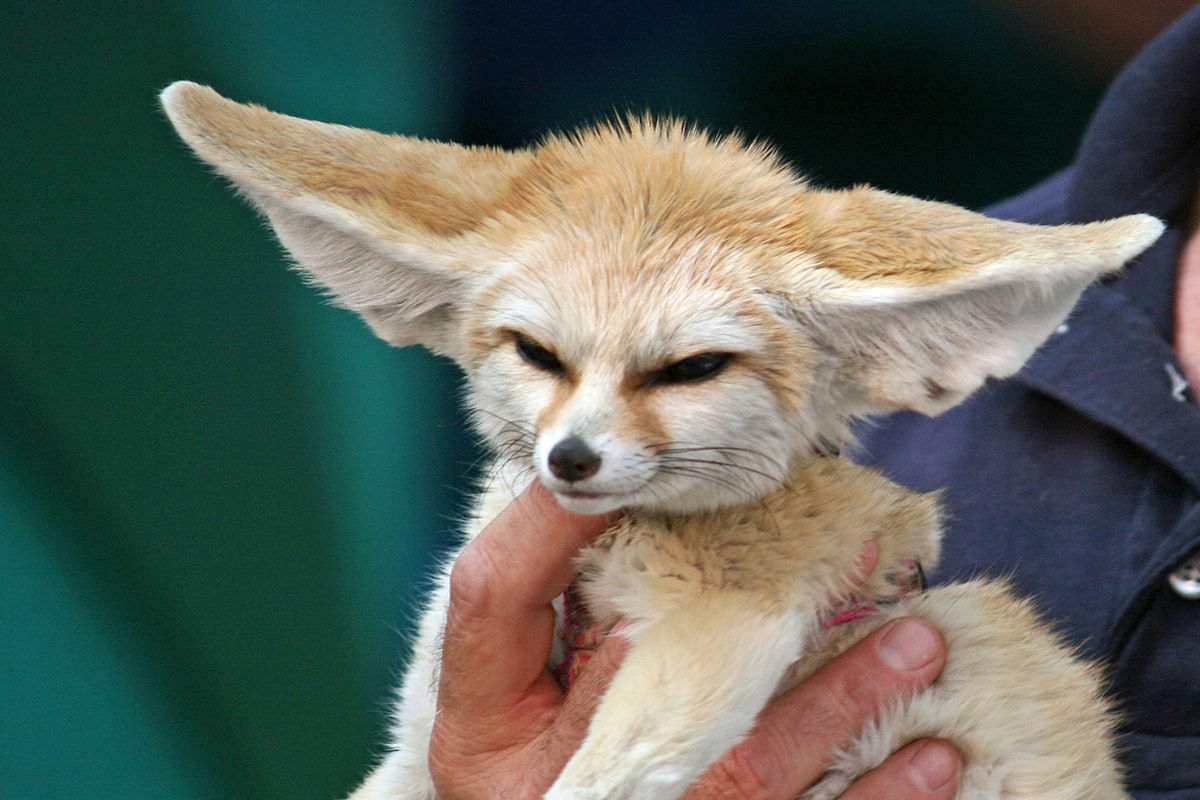
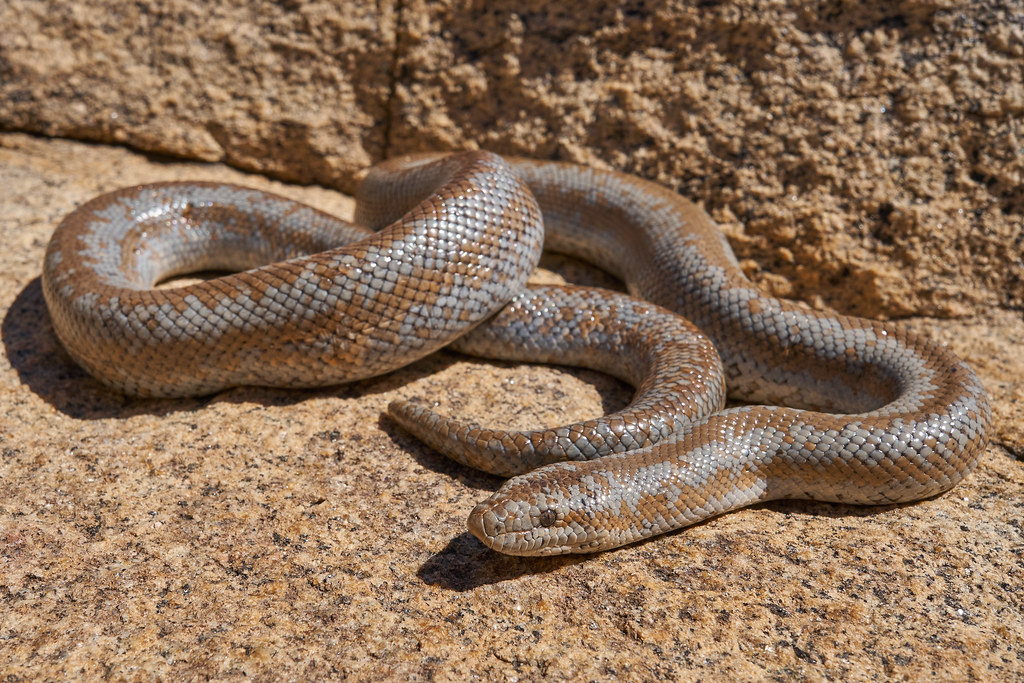
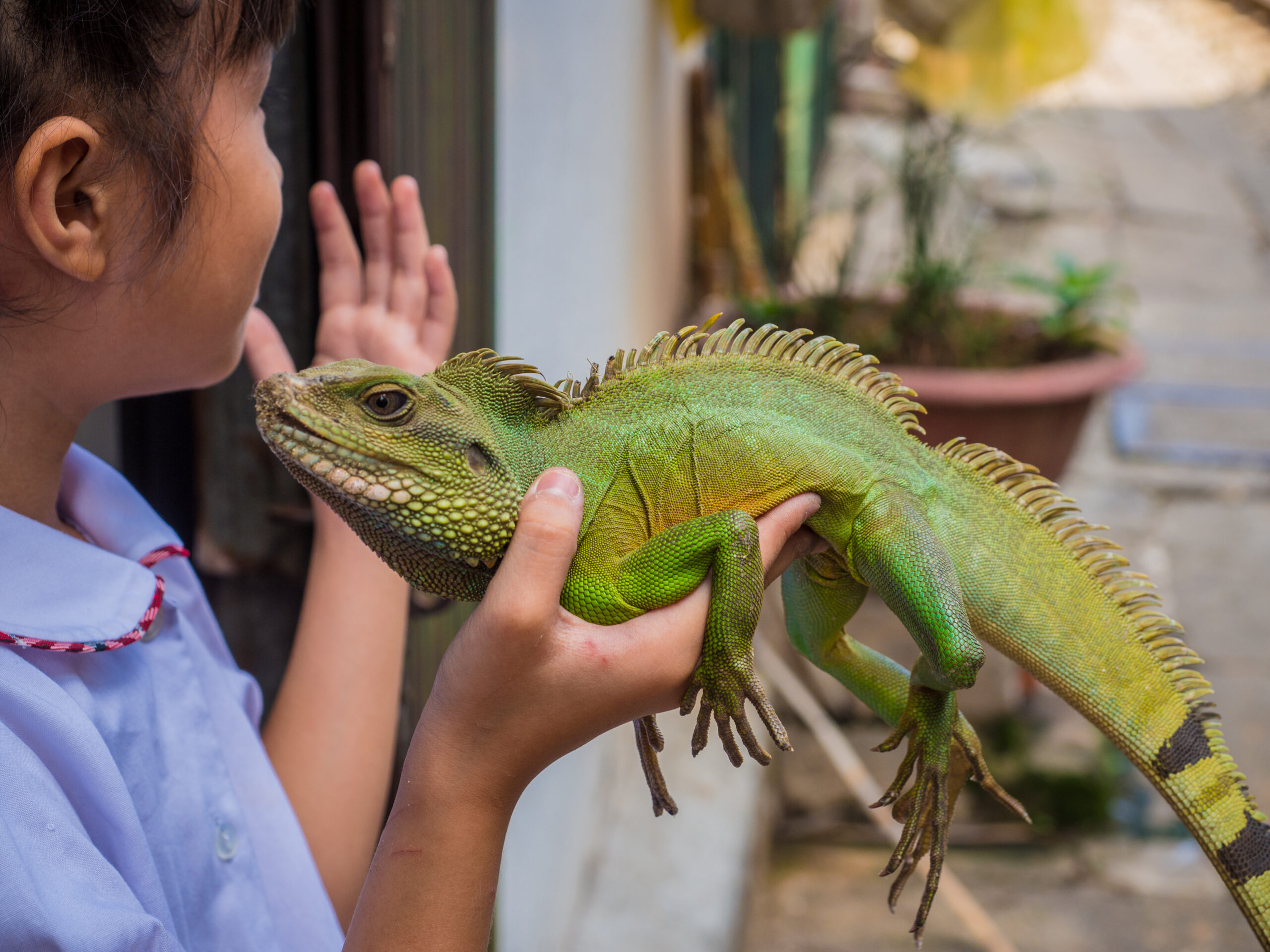




Leave a Reply